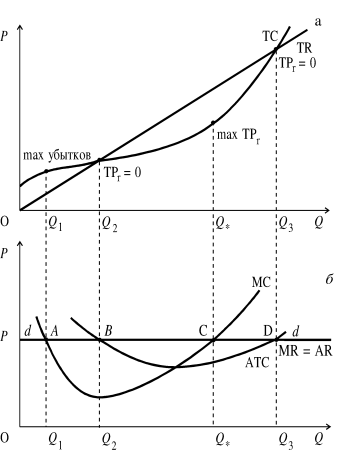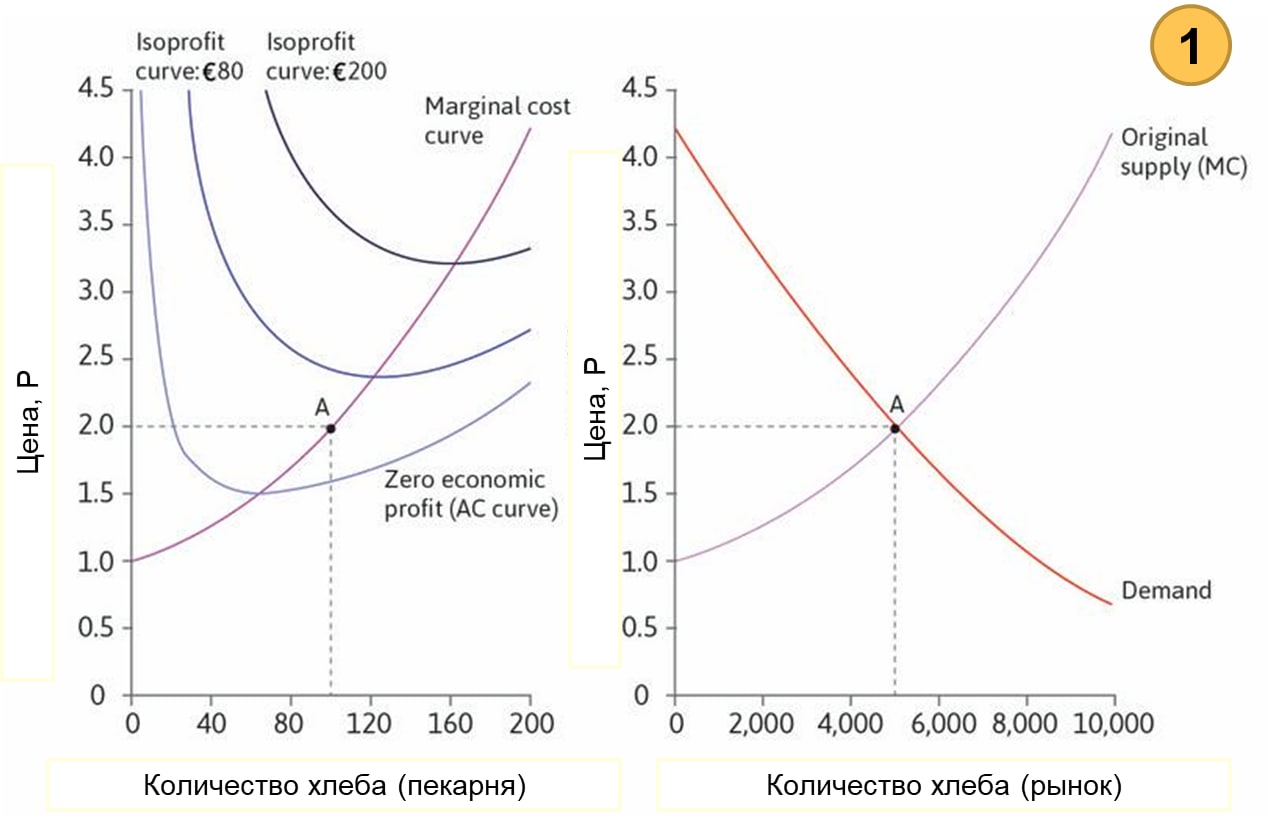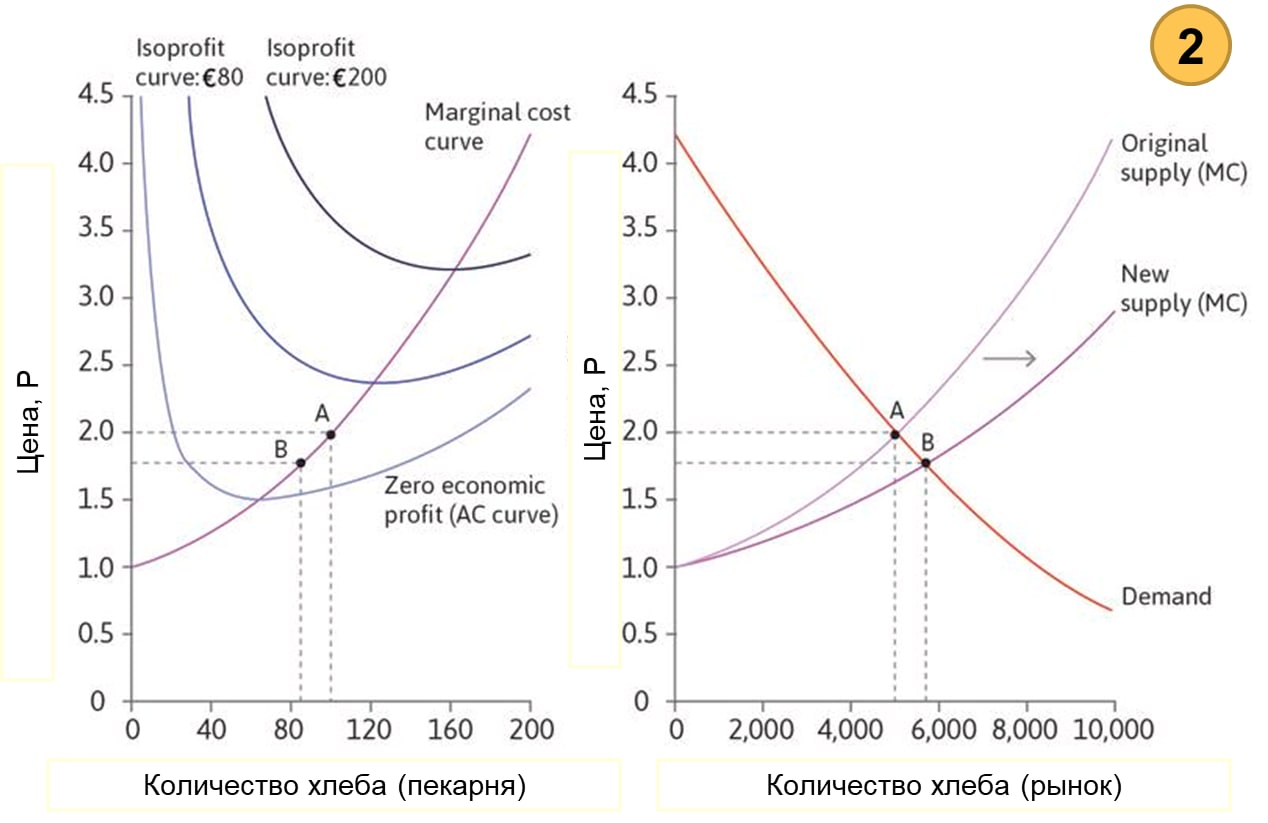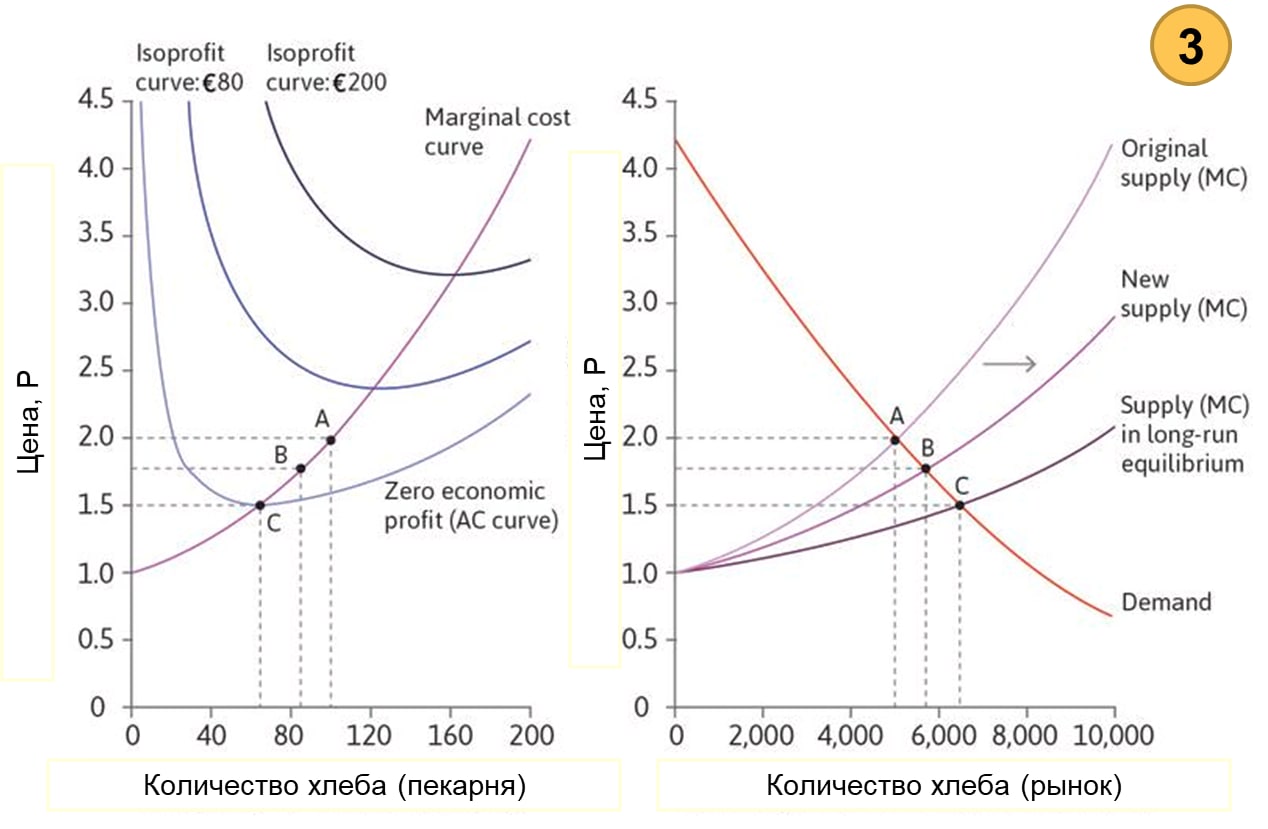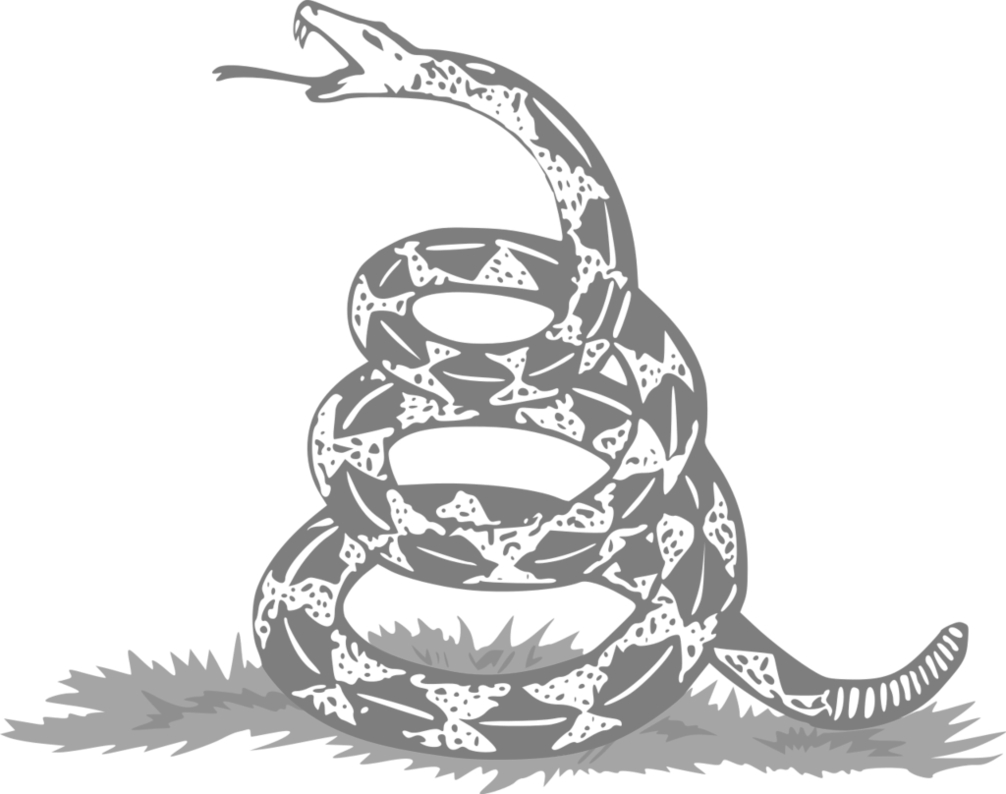Competitive markets are effective: Difference between revisions
LPReditors (talk | contribs) |
LPReditors (talk | contribs) m (LPReditors moved page Competitive markets are effective! to Competitive markets are effective: remove !) |
(No difference)
| |
Latest revision as of 09:49, 15 November 2022
Competitive markets are efficient! Why do economists think so?
Part 1: prices
I decided to give you a little base of economic science.
You have probably heard a lot about the efficiency of the market system. But what does this mean? When they talk about efficiency, they primarily mean the distribution or, as economists say, the "allocation" of resources. A fundamental feature of our reality is that resources are limited, but our desires are rarely. Economics is often about how to make sure that the available opportunities are used to maximize the satisfaction of needs.
Let's imagine that the economy is inhabited by 100 people. Of the resources we have - 10 kg of strawberries, 50 kg of meat and 100 kg of potatoes. How to distribute these resources among people? The example is, of course, conditional. And now we will not take into account the calorie content of food. Solutions to even this simple problem may be different, but not all of them will be effective (i.e., ideally balancing the possibilities and needs of the economy).
For example, you can take and distribute resources equally among people. Then everyone will receive 100 grams of strawberries, a pound of meat and a kilogram of potatoes. What is the problem here? We do not take into account the needs of people. Someone may be allergic to strawberries, someone does not eat meat on principle, and someone considers potatoes to be junk food.
You can, of course, interview people to understand who and what they like. And distribute products according to their desires. But here several problems arise at once. First, surveys are expensive to run, and their results can depend on how the questions are phrased or even on mood. At the time of the survey, you may want potatoes, but when you get it, it will become clear that now you want more strawberries, and you could not take potatoes. The second problem is that surveys don't suggest that people have limitations. Therefore, the answer will dominate - I want everything at once. As a result, the distribution is also likely to be inefficient.
So, we need some additional criterion for making such a decision. We need something that balances possibilities and needs. And market prices act as such a balancer.
On April 12, 1861, at the very beginning of the American Civil War, President Abraham Lincoln ordered the blockade of the ports of the Confederate states. These states declared themselves independent from the United States, partly in order to preserve the institution of slavery.
The naval blockade virtually wiped out US-grown raw cotton exports to Lancashire textile mills in England. This led to the termination of the supply of raw materials by three quarters. Several blockade ships nevertheless evaded Lincoln's patrols, but about 1,500 were either destroyed or captured.
What happened next?
The rise in cotton prices was a signal with this message: "Find other sources of cotton and new technologies suitable for their use."
A new source was soon found - India. But Indian cotton was different from American cotton and required a completely different processing. However, within a few months of the switch to Indian cotton, new processing equipment was developed.
Douglas Farney, a historian specializing in the history of cotton production, noted: "[the result was] such an extensive investment of capital that it almost led to the creation of a new industry."
Prices played a key role in the events that changed the whole industry.
The most surprising thing about prices driven by markets is that people don't send messages, but rather interact anonymously with millions of other people.
Bought, sold, exchanged, made, made a discovery, decided to refuse to sell - all these are signals that transmit information. In the process of such interaction, people transmit to each other knowledge of the circumstances of time and place - the very information that is extremely important for resources to be allocated efficiently.
Prices are special indices that contain information about the needs of the economy and its capabilities. In short, they help set the proportions of the exchange.
Part 2: demand-supply curve
In short, market prices allow the transmission of information about the needs and possibilities of the economy. And now it's time for us to understand how supply and demand work.
Important warning! When we talk about supply and demand for specific goods and services, and then assert equilibrium in the market, we are talking about partial equilibrium - that is, only in that particular market. We do not touch on labor markets, income distribution and many other aspects. Our task is to understand why we consider the allocation of resources in a particular competitive market, given the existing constraints and needs, to be efficient. In the following, we will gradually expand our analysis.
So, to describe the interaction between many agents in a particular market, we use a very simple model - supply and demand. Let's start with demand.
The demand curve is derived directly from the consumer choice model, but we will skip this point. Let's look at demand from this angle: we have a product, for example, a supported economics textbook, and there are students who may need this textbook when taking a corresponding course. Of course, a new textbook is sold in the university campus store, but it is not cheap - for example, 1000 rubles. Each student has a different willingness to pay (WTP) for a textbook. everyone understands the maximum amount he is willing to pay for a supported textbook. Obviously, if a person is ready to pay no more than 800 rubles for a textbook, he will not buy a new one. At the same time, he will gladly buy it at a lower price, saving money.
Obviously, in our example, there are students who are willing to pay lower amounts for a supported textbook. Someone 700, someone 600, and someone no more than 100 rubles. If we first order the students in descending order of willingness to pay, and then add the students together, matching the number of students with the price, we get a demand curve. i.e. if we have only 1 student willing to buy a textbook for 800, and there is still 1 willing to buy a textbook for 700, then in the end 2 students will be ready to buy a textbook for 700. Next, we save this logic. And as a result, we get a curve with a negative slope - the lower the price, the more students will be willing to buy a textbook.
Similarly, you can build a proposal. Students who have already completed a course in economics can act as sellers of textbooks. Each of them has its own reserve price - that is, the minimum price at which a student will be willing to sell his textbook. It's just as different for everyone. Someone is ready to sell for 100, and someone only for 900. Why? There can be many factors: from the importance of the textbook for further education to the marginal notes that the student made during the course, which subjectively increases the value of the book for the seller. And, of course, if you are ready to sell for 100, then you will be happy to sell for 200, 300 and a higher price. If we sort the students in ascending order of the reserve price, and then sequentially add up their number, we get the supply curve. She will have a positive slope.
Given the resulting curves, now we need to understand how many exchanges will eventually occur. We see that on the demand side, the task of consumers is to maximize savings, that is, they will strive to buy a textbook as cheaply as possible. And on the supply side, the task is different - to sell more expensive. There is a need to find a compromise. The intersection of the curves will be such a compromise, which we call equilibrium. In fact, at the point of equilibrium, the total surplus of sellers and the total savings of buyers are maximized, given the given preferences and constraints. If markets are competitive, then the combined benefit of sellers and buyers will be maximized. This is what economists call allocative efficiency.
Part 3: Vernon Smith's experiments.
As Andrei Rudoy, a classic of leftist economic thought, said: "Equilibrium is an abstraction"[1]. In a certain sense, he is right. Equilibrium is an abstraction that allows us to model the idea of compromise. However, it is much more important that equilibrium is a useful abstraction that allows us to give qualitative and quantitative estimates adequate to reality.
However, the most surprising thing is that this abstraction, like supply and demand curves, is empirically tested. Vernon Smith proved[2] that under simple conditions - stable rules of interaction, competition from both demand and supply, strict confidentiality (information about reserve prices is given only to those who are on the supply side, information about willingness to pay is given only those who act on the demand side) and anonymity - 100% market efficiency or close to it is achieved. And the predicted values of prices and the total volume of transactions are as close as possible to the real ones.
What was Smith's experiment? Participants were divided into two groups, some spoke on the demand side, others on the supply side. Everyone knew only about the benefits that he could potentially receive in the process of exchange. On the demand side, your reward will be higher the cheaper you "buy" the virtual asset you are exchanging. On the supply side, the opposite is true. i.e. if you buy, you know your willingness to pay, and if you sell, you know the reserve price. For example, your willingness to pay is $8.55. If the trade is made at a price of $7.55, you get $1. Similarly with the offer, if your reserve price is $6.55 and the trade is made at $7.55, you get $1. It is also important that the money is real, the monetary reward of the participant in the experiment is the greater, the more profitable you made the deal. Of course, a virtual asset is being exchanged, but the incentives are real. The exchange is made on the principle of a double auction - both parties set prices, if the prices converge, a deal is made. Deals are anonymous. The predicted price value is $7.55, the number of trades is 7.
On the picture you can see the results. Reality and theory almost completely coincide with the second period, only in the first there is a groping for a compromise, then - a stable compromise, balance. Social welfare is maximized under given constraints and preferences.
By the way, if they tell you that economics is not a science, there are no experiments in it, and those that exist are not reproduced, and general supply and demand are fiction, tell us about the experiments of V. Smith. His results have been reproduced[3] more than 2000 times.
Part 4: A Very Brief Theory of the Firm
A firm is an economic agent that makes decisions under constraints (resources and technologies) and maximizes profits by selling the created goods and services.
What is the firm's income? Revenue, Total Revenue (TR) is the product of the volume of products sold (Q) and the price (P) at which the transaction was made. Those. TR = P*Q. What about costs? There are fixed costs, FC (Fixed Cost). They do not depend on the volume of production - payments on existing loans, rent, payment of administrative staff, etc. There are variable costs, VC (Variable Cost). They are the greater, the higher the production volumes, i.e. VC is a function of Q (or VC = VC(Q)). The total costs of the firm1, thus: TC = FC + VC(Q).
So, the firm's expenses are TC, revenues are TR. So the profit function is: Profit = TR - TC, or Profit = P*Q - FC - VC(Q). Logically, the maximum profit will be when the difference between revenue and costs is greatest. Mathematically, in order for the firm to receive the maximum profit at the moment, it is necessary to take the derivative2 of the profit function with respect to Q and equate it to zero. The higher Q, the higher the revenue, but the higher the total costs. It is logical to assume that at first profit will grow as output expands, then it will reach a maximum, and then begin to decrease (see chart).
If we take the derivative of TR with respect to Q, we get MR = P, where MR is the marginal or additional revenue earned per unit of output sold. If the firm is a price taker, i.e. learns the price from the market, but alone cannot influence it. Moreover, in a competitive market, collusion is impossible or extremely short-lived, because the firm has incentives to break it and attract consumers at a lower price than competitors. In general, in the case of competitive markets, each additional unit of output will bring to the firm an income equal to the price, or MR=P.
If we take the derivative with respect to costs, we get TC' = VC(Q)' = MC. That is, the increase in costs is equal to the marginal or incremental costs. As a result, we get: MR - MC = 0, or MR = MC. This is a universal profit maximization rule. It works for both competitive firms and monopolies. But there is a nuance.
To begin with, we will analyze three possible situations for a firm in terms of making a decision to issue:
- - MR > MC, which means that additional income is more than additional costs from an additional unit of production, therefore, it is beneficial to expand production, because profit will grow;
- - MR < MC, which means that additional income is less than additional costs from an additional unit of production, therefore, it is beneficial to reduce production, because only in this way will profit grow;
- - MR = MC, which means that the additional income is equal to the additional costs from an additional unit of production, therefore, it is beneficial to keep production at the same level, because other alternatives reduce profits.
Now about the nuance: if the market is competitive, then MR=MC=P. Unlike, for example, monopoly, where MR<P. In the case of competitive markets, this means that firms will receive competitive profits, rents - or unproductive income, in the end there will be no, and the allocation / allocation of resources will eventually become optimal, as shown in the second part.
It is important, however, to understand that we are not talking about accounting, but economic profit. In short, the difference is that in the economic case, all alternatives available to the firm for the use of resources are taken into account. If economic profit is greater than or equal to zero, there is no better way to allocate resources. In the long run, a market that is in a state of partial equilibrium will experience zero economic profit for absolutely any positive accounting value. But more about the concept of profit in general, the difference between short-term and long-term equilibrium, the importance of competition on both the supply and demand side, as well as the premises of this whole model idyll and their weakening, in the next part.
Part 5: Legitimacy of profit
When economists theorize about profit, they mean economic profit. What does it mean?
There are revenues, there are costs. If we subtract costs from revenue, we get accounting profit. However, economists are not concerned with the size of accounting profits, but with the efficient allocation of resources. The indicator of accounting profit does not tell us anything about this. It is simply the value of the enterprise's earnings for the period. To take into account the problem of resource allocation, it is necessary to recall such an important concept in economics as opportunity costs.
Opportunity cost is our lost profit that arises in the process of making an economic decision. As I wrote earlier, in the moment our resources are always limited. We can distribute them in various profitable ways. By choosing one of several options, we refuse to receive income that would arise if we chose another alternative.
Entrepreneurial decisions are also always associated with the presence of such costs that we must take into account. Let's take a look at a simple example.
Let's say you earn 150 thousand rubles a month, and you also have a room that you rent for 50 thousand rubles a month. That is, you have the following resources: labor and capital. And then you decide to go into business. The planned revenue is 1 million per month, and the costs are 800 thousand rubles per month. Your accounting profit, therefore, is equal to 200 thousand rubles. However, the business eats up all your time, and you also need a place to run your business. It turns out that you will have to quit your job, and also stop renting out real estate. The price of your solution is 200 thousand rubles. Therefore, this must be deducted from accounting profit. When we subtract opportunity (or implicit) costs from accounting profit, we will get economic profit, i.e. profit that takes into account the price of another good solution.
Economic profit in our example is zero. But this only means that the other option is just as profitable as this one. This means that the decision is purely economically justified, this is one of the best ways to allocate resources. All this can be viewed through more complex optics. An entrepreneur may have resources available that he can allocate with varying returns, but also varying degrees of risk. Alternatives may be: depositing money in a bank account or opening a coffee shop.
Whatever one may say, the essence of entrepreneurial discovery is finding a way to allocate resources in such a way that economic profit will be greater than or equal to zero. At the same time, if a company in a competitive product and labor market has managed to hire workers at the stated rate, as well as attract capital, and also receive a positive economic profit, then resources are distributed in these markets efficiently.
If the economic profit is positive, this tells us that the capacity of the market is greater than the number of firms that operate on it. In the long run, in the analyzed market, economic profits reach zero, and the number of firms is optimal. But more on that in the next part.
Part 6: construction of bakeries
In the previous entry, I noted: "if economic profit is positive, then the market capacity is greater than the number of firms that operate in it." At the same time, in the long run, economic profits in the market will reach 0, and the number of firms is equal to the optimal one. Consider an example.
Suppose we are studying the retail market for bread. The right charts in all figures describe the market as a whole. And the left - the economy of the company. Here we see the firm's marginal cost curve and iso-profit curves, where for different combinations of price, volume and marginal cost, the same values of eco-profit. We are interested in the lower one - this is the one where the eco-profit is 0 (the curves above give a positive eco-profit).
Initially, there are 50 bakeries in the market (see picture). In point A, the market is in short-term equilibrium. The price of a loaf of bread is 2€, and the economic profit is more than 0. Firms receive rent, which is a signal for firms in other markets to bake bread.
When new firms appear, the supply curve shifts to the right (see the right graph in the figure). The new equilibrium is now in point B. Competition↑, price↓ up to 1.75€. There are more bakeries, more bread, but each firm produces less. Economic profit falls, but is still greater than 0 → influx of firms into the market. This is still a short-term equilibrium.
The number of bakeries grows until the economic profit becomes equal to 0. This happens in point C, where the price of a loaf is 1.5€ (see fig.). This is the long run equilibrium.
In short, if there is a positive economic profit in the market, and there are no barriers to entry, this stimulates the influx of firms → competition between them increases. Firms keep coming until economic profits are zero. It is then that the number of firms in the market will be optimal.
All this applies to competitive markets. But what if things don't go so smoothly? What if each firm's product is different, or there is imperfect information in the market? More on that later.
- ↑ DEBATE RUDOI / BAZHENOV: AFTERWORD | FURYDROPS youtube
- ↑ Book "Experimental Economics" OZON shop
- ↑ Famous Economics Experiment Reproduced Thousands of Times caltech.edu August 03, 2020

